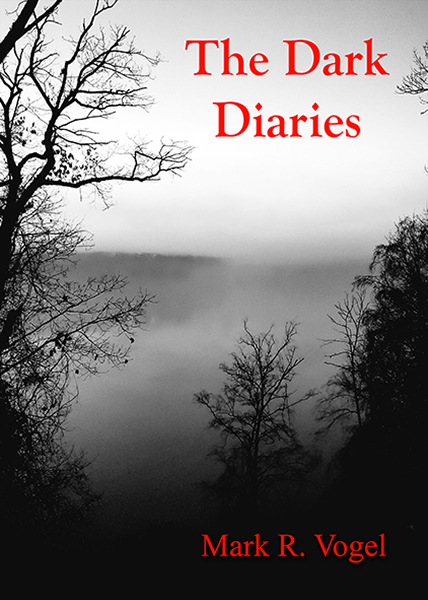Ray Kellogg, best known as the special effects guru responsible for The Day the Earth Stood Still, directed The Killer Shrews and The Giant Gila Monster in order to create a double B-movie bill. Now, most B-productions are fun for one of two reasons: They are purposely laughable and, at best, satirical as a consequence or they are laughable because they are so poorly executed in nearly every respect (Ed Wood being the god of the latter). However, the manner in which to go wrong with such a film is to attempt to make a serious B-movie and not realize somewhere along the way that it isn’t working and continue to plug away at it (instead of flipping it over on its head), which is what Kellogg did with his little furry beasts of burden. Some might argue that he wasn’t even trying for B-quality but was merely constrained by a B-budget. I would retort that a quick glance back at the title serves as an indicator as to Kellogg’s cinematic aspirations with this piece. But I digress, much like this movie, even before I get started.
The film opens with Thorne Sherman (James Best), looking like Jack Kerouac, even down to the Navy cap, and Rook Griswold (Judge Henry Dupree) as they sail to an isolated island in order to deliver supplies to a cove of scientists enclosed in a dilapidated plaster-and-adobe house (grant funding must have always been meager). Doctor Marlowe Craigis (Baruch McLendon) heads the geek squad as he is attempts to experiment with genetics upon shrews in order to solve the world’s overpopulation by making people half the size we already are (apparently overpopulation is a longitudinal dilemma, not lateral). His drunken, belligerent assistant, Jerry Farrell (Ken Curtis of Gunsmoke fame) inadvertently releases one of the “guinea pigs” (sorry, couldn’t pass that one by) which, as sci-fi would have it, didn’t take to the shrinking so much as it did to the enlarging. As a consequence, it mated with the native shrew populace (now there’s a phrase you don’t hear everyday) and, after the scientists brainstorm as to how to eradicate their little faux pas, they decide to concoct a poison and replace the feral shrews’ water with the “new, improved” beverage (not really, but they did make a poison and set it out for them). Whelp, it doesn’t quite work in that the shrews not only have an immunity to the stuff but integrates the formula into their glands, now making their bite equivalent to that of a vindictive King Cobra. Thorne is now stuck on dry land due to an ensuing hurricane (which, at best, blows a stiff breeze during the film) as the shrews, whose metabolisms are that of a baby cheetah’s on amphetamines (they eat three times their body weight per day–each creature weighing between fifty to one-hundred pounds a piece–and not one character admitting to stepping in anything during the film), begin to close in on the group after eating every edible object upon the island. Once the survivors realize that staying on the island is disadvantageous to continual life, they devise a plan involving trash cans and a blowtorch (no, I’m not making that one up) which Jerry refuses to be a part of as he stands steadfastly upon the roof of the house while Thorne warns him that he is liable to fall due to the hurricane-strength winds (as his hat sits firmly upon his head).
The film is condemnable on multiple levels. Its primary sin is its choice of evil-doer: If nothing else, I suppose the impetus for selecting a shrew as the antagonist is that few people know what a shrew is exactly. However, when Marlowe presents an example specimen onscreen (at a distance no less), which looks like an infantile mouse (not a rat mind you), you begin to question the amount of thought that went into the creation of such a project. Then there’s the film’s gross amount of near random discrimination. For example, the first two people to die are minorities: First there’s Thorne’s first mate Rook who, admittedly, is around to play music for his captain in the traditional African-American fashion. Then there’s the scientists’ Hispanic minion, Mario (Alfredo DeSoto), whose English is as prolific as his acumen (after going off guard duty agrees to take the second shift before having to resume his own command immediately after that). Even the third in command on the island, one Doctor Radford Baines (Gordon McLendon–the millionaire who had nothing better to do with his money then toss it away on this production but that did stop to invent Top 40 radio and play-by-play in baseball) gets it in the end even though he bares no ill-will to the creatures he helped create. After being bitten, he obligingly lunges to the typewriter in the name of science in order to transcribe the symptoms prior to keeling over in mid sentence. Finally, there’s the shrews themselves whom the characters have no reservations about shooting though it was they who made the little hyperactive bundles of joy. Yet, if I looked like a Saluki wearing a toupee cut by a blind barber, I too would probably go after my creator, teeth baring, hungry or no. Of course, all of this is arbitrary in that the film stands as a cautionary parable about the threat of . . . well, I guess . . . being too tall.
-Egregious Gurnow
- Interview with J.R. Bookwalter - January 22, 2015
- Interview with Andrew J. Rausch - January 22, 2015
- Interview with Rick Popko and Dan West - January 22, 2015
- Interview with Director Stevan Mena (Malevolence) - January 22, 2015
- Interview with Screenwriter Jeffery Reddick (Day of the Dead 2007) - January 22, 2015
- Teleconference interview with Mick Garris (Masters of Horror) - January 22, 2015
- A Day at the Morgue with Corri English (Unrest) - January 22, 2015
- Interview with Writer/Director Nacho Cerda (The Abandoned, Aftermath) - January 22, 2015
- Interview with Actress Thora Birch (Dark Corners, The Hole, American Beauty) - January 22, 2015
- Interview with Actor Jason Behr, Plus Skinwalkers Press Coverage - January 22, 2015


